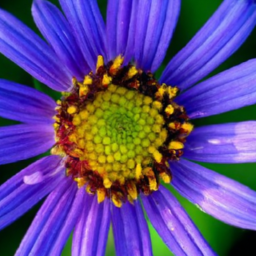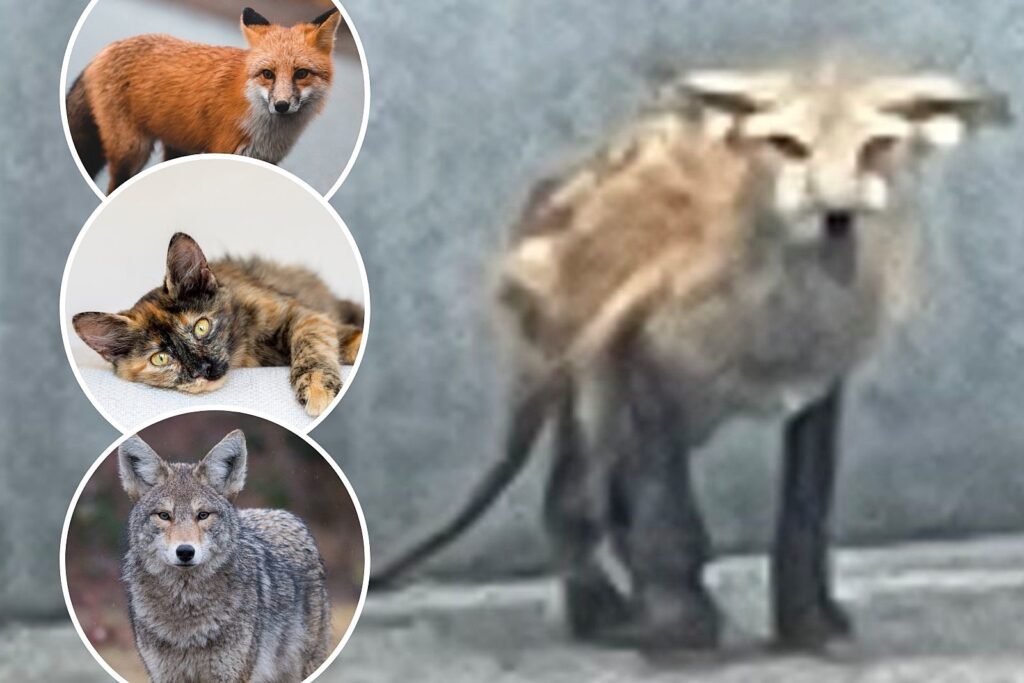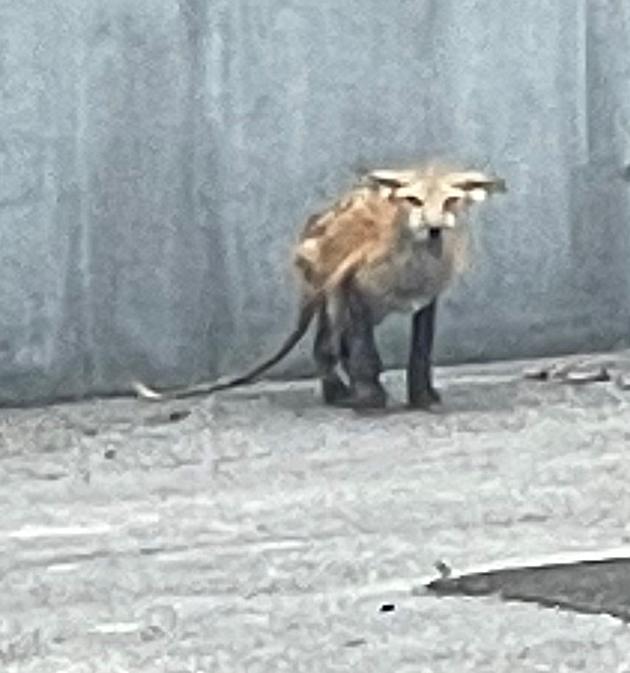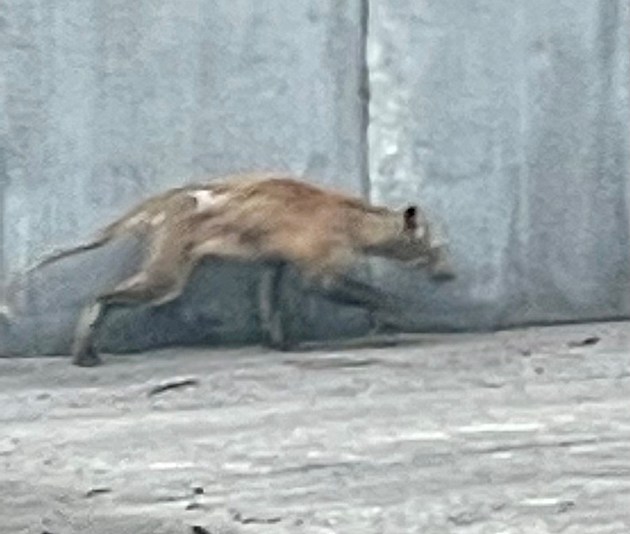
Imagine stepping into a world where peculiar creatures roam the hills and valleys of Kentucky. Get ready to embark on an enchanting journey filled with mysterious encounters and fascinating tales of the unknown. “Strange Animals In Kentucky” is your key to unlocking the hidden secrets of this captivating region, where everyday life intertwines with the extraordinary. Immerse yourself in the magic as you unveil the untamed wonders that lie within the heart of the Bluegrass State. Brace yourself for a wild adventure unlike any other!
Overview of Kentucky’s Ecosystem
A brief on Kentucky’s flora and fauna
Kentucky’s ecosystem is home to a diverse range of flora and fauna. Its geographical location, with the Appalachian Mountains in the east and the Ohio River in the north, creates a unique habitat for various species. The state’s rich biodiversity includes a combination of forests, wetlands, grasslands, and rivers, providing habitats for numerous plant and animal species.
The state’s flora consists of a significant number of tree species, including oak, hickory, maple, and pine. These trees form dense forests that cover a significant portion of Kentucky. Additionally, Kentucky is known for its beautiful wildflowers, such as the goldenrod, purple coneflower, and rhododendron, which add vibrant colors to the landscape.
The role of Kentucky’s ecosystem
Kentucky’s ecosystem plays a crucial role in maintaining the balance of nature. The rich biodiversity contributes to the overall health of the environment by providing essential services such as pollination, air purification, and water filtration. Additionally, the ecosystem supports the livelihoods of many residents, especially those involved in agriculture and tourism.
The forests of Kentucky serve as important carbon sinks, absorbing greenhouse gases and mitigating the impacts of climate change. The wetlands and rivers help regulate water flow and prevent flooding. The various habitats within the ecosystem support a wide range of wildlife species, creating opportunities for educational and recreational activities.
Typical Animals found in Kentucky
Common animals found
Kentucky is home to a diverse array of wildlife species. Some of the common animals found in the state include white-tailed deer, gray squirrels, raccoons, opossums, and rabbits. These animals are often spotted in forests, grasslands, and even suburban areas.
Typical avian species
With its abundant forests and open grasslands, Kentucky offers a favorable environment for various avian species. Birds such as the northern cardinal, eastern bluebird, red-tailed hawk, and wild turkey are commonly found throughout the state. Additionally, Kentucky serves as an important stopover for migratory birds, attracting species like warblers, thrushes, and ducks.
Common aquatic species
Kentucky’s rivers, lakes, and wetlands are teeming with aquatic life. Fish species such as bass, catfish, crappie, and bluegill are popular among anglers and contribute to the state’s fishing industry. Turtles, frogs, and various species of waterfowl, including ducks and herons, thrive in the wetland habitats. The state’s waterways also support a diverse range of invertebrates, including crayfish and freshwater mussels.

Introduction to Strange Animals in Kentucky
Definition of ‘strange’ in context of animals
When we refer to “strange” animals in Kentucky, we are not implying that these creatures are unnatural or bizarre. Rather, we are highlighting species that may be lesser-known or lesser-seen by the general public. They often have unique adaptations or behaviors that make them stand out from the more common wildlife.
How prevalence of strange animals is quantified
The prevalence of strange animals in Kentucky is difficult to quantify as it largely depends on individual observations and scientific research. Some of these animals may have limited populations or specific habitat requirements, making them less frequently encountered by the average person. Wildlife experts and researchers often rely on community reports, scientific studies, and ecological surveys to identify and monitor the presence of these unique species.
Invasive Species in Kentucky
Definition of invasive species
Invasive species refer to plants, animals, or microorganisms that are non-native to an ecosystem and have the potential to cause harm to the environment, economy, or human health. These species often outcompete native species for resources, disrupt natural ecological processes, and can have far-reaching negative impacts.
Impact on Kentucky’s ecosystem
Invasive species pose a significant threat to Kentucky’s ecosystem. They can displace native plant and animal species, leading to a loss of biodiversity. Additionally, some invasive species, such as the emerald ash borer and Asian carp, can cause serious economic damage to industries such as forestry and fishing. Controlling and managing invasive species is crucial for maintaining the health and balance of Kentucky’s ecosystems.
Examples of invasive species in Kentucky
Kentucky is not immune to the presence of invasive species. One example is the giant hogweed, an invasive plant with toxic sap that can cause severe skin reactions. Other invasive species of concern include the zebra mussel, Japanese knotweed, and the multiflora rose. Efforts are ongoing to monitor and manage these species to minimize their impact on Kentucky’s ecosystem.

Cryptids of Kentucky
Definition of Cryptids
Cryptids are legendary creatures or beings whose existence or survival is disputed or unverified by mainstream science. They often exist in local folklore, with sightings and stories passed down through generations.
Famous Kentucky cryptids
Kentucky is known for its intriguing tales of cryptids. One famous example is the “Pope Lick Monster,” described as a half-man, half-goat creature said to inhabit an old trestle bridge in rural Kentucky. The “Mothman” is another well-known cryptid associated with the state. Sightings of a large, winged creature with glowing red eyes have sparked intrigue and even inspired books and movies.
Local lore and stories about cryptids
Kentucky has a rich tradition of local lore and stories featuring cryptids. These tales often originate from sightings or encounters reported by residents. The stories of cryptids add an air of mystery and wonder to Kentucky’s cultural heritage, inviting both skeptics and enthusiasts alike to explore the unexplained.
Rare and Endangered Species in Kentucky
Definition of endangered species
Endangered species are those that face a significant risk of extinction in the near future. They are typically threatened by factors such as habitat loss, pollution, climate change, and illegal hunting or poaching.
Contributing factors to endangerment
Several factors contribute to the endangerment of species in Kentucky. Habitat destruction and fragmentation due to urbanization and agriculture are major threats to many wildlife species. Pollution from industrial activities and runoff from agricultural practices can also have detrimental effects on the environment. Climate change further exacerbates the challenges faced by vulnerable species.
Examples of endangered species found in Kentucky
Kentucky is home to various endangered species, including the Indiana bat, the red-cockaded woodpecker, and the Cumberland darter, a small fish endemic to the Cumberland River basin. Efforts to conserve and protect these species involve habitat restoration, public education, and collaboration between government agencies, conservation organizations, and local communities.

Kentucky’s Nocturnal Creatures
Explanation of nocturnal creatures
Nocturnal creatures are animals that are primarily active during the night. They have adaptations such as enhanced night vision, heightened hearing, and specialized hunting strategies to thrive in low-light conditions.
Examples of nocturnal creatures native to Kentucky
Kentucky’s forests and fields come alive with activity after the sun sets. Among the nocturnal creatures native to the state are the eastern screech owl, known for its haunting nighttime calls. The Virginia opossum, famed for its ability to play dead, is another nocturnal resident of Kentucky. Bats, including the Indiana bat, play essential roles in controlling insect populations and are known for their nighttime activity.
Unique Aquatic Creatures in Kentucky
Information about Kentucky’s waterways
Kentucky is blessed with a vast network of rivers, lakes, and streams. The Ohio River forms the northern border, while the Cumberland River cuts through the eastern part of the state. The state’s waterways provide diverse aquatic habitats, supporting a wide range of species.
Rare or unusual aquatic species found in Kentucky
Kentucky’s waterways are home to various rare or unusual aquatic species. The Hellbender, a large salamander that can grow up to two feet long, inhabits the cool, clear waters of the state’s streams. The ancient-looking Alligator Snapping Turtle, with its powerful jaws and spiky shell, can be found in certain rivers and wetlands in Kentucky.

Strange Insects and Arachnids in Kentucky
Introduction to insects and arachnids in Kentucky
Kentucky’s diverse ecosystems provide habitats for numerous insect and arachnid species. These creatures play essential roles in pollination, decomposition, and maintaining the balance of Kentucky’s ecosystem.
Highlight of specific strange species
Among the strange insects and arachnids found in Kentucky is the wheel bug, a large, predatory insect known for its unique appearance with a prominent cog-like structure on its back. The eastern lubber grasshopper, with its large size and bright colors, is another visually striking insect found in the state. Black widow spiders, recognized by the distinctive red hourglass shape on their abdomen, are also present in Kentucky.
Preservation Efforts for Rare and Unusual Wildlife in Kentucky
Current conservation efforts
Kentucky has various ongoing conservation efforts to protect its rare and unusual wildlife. State and federal agencies work together to implement conservation plans, establish protected areas, and monitor endangered species. Additionally, nonprofit organizations and community-led initiatives play a crucial role in raising awareness, conducting research, and promoting sustainable practices.
How individuals can help support wildlife preservation
Individuals can contribute to wildlife preservation in Kentucky by supporting local conservation organizations, volunteering for habitat restoration projects, and practicing responsible outdoor recreation. Supporting legislation and policies that prioritize environmental protection and sustainability is also important. By respecting wildlife and their habitats, we can ensure that future generations can continue to appreciate the unique and remarkable species that call Kentucky home.






